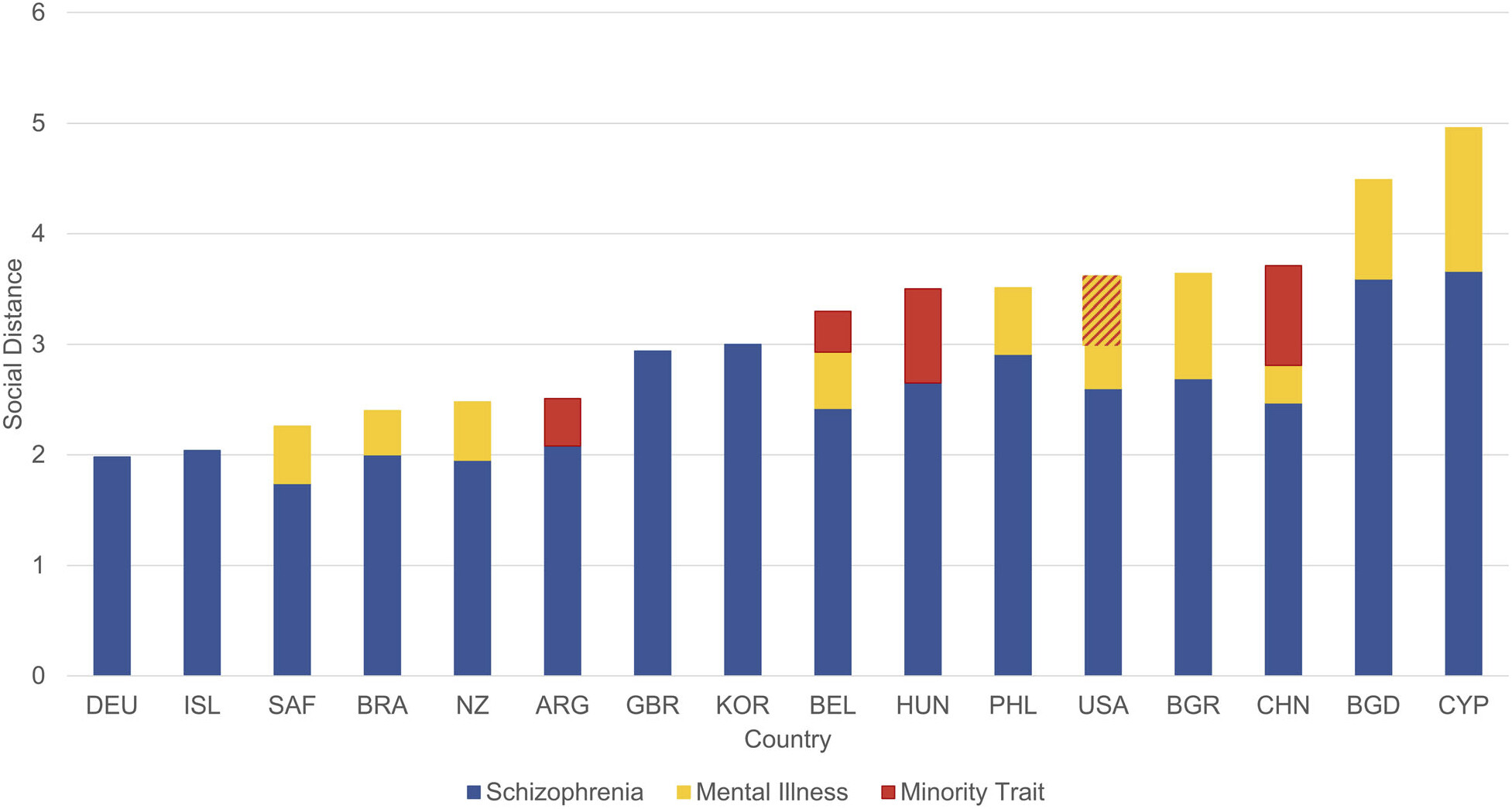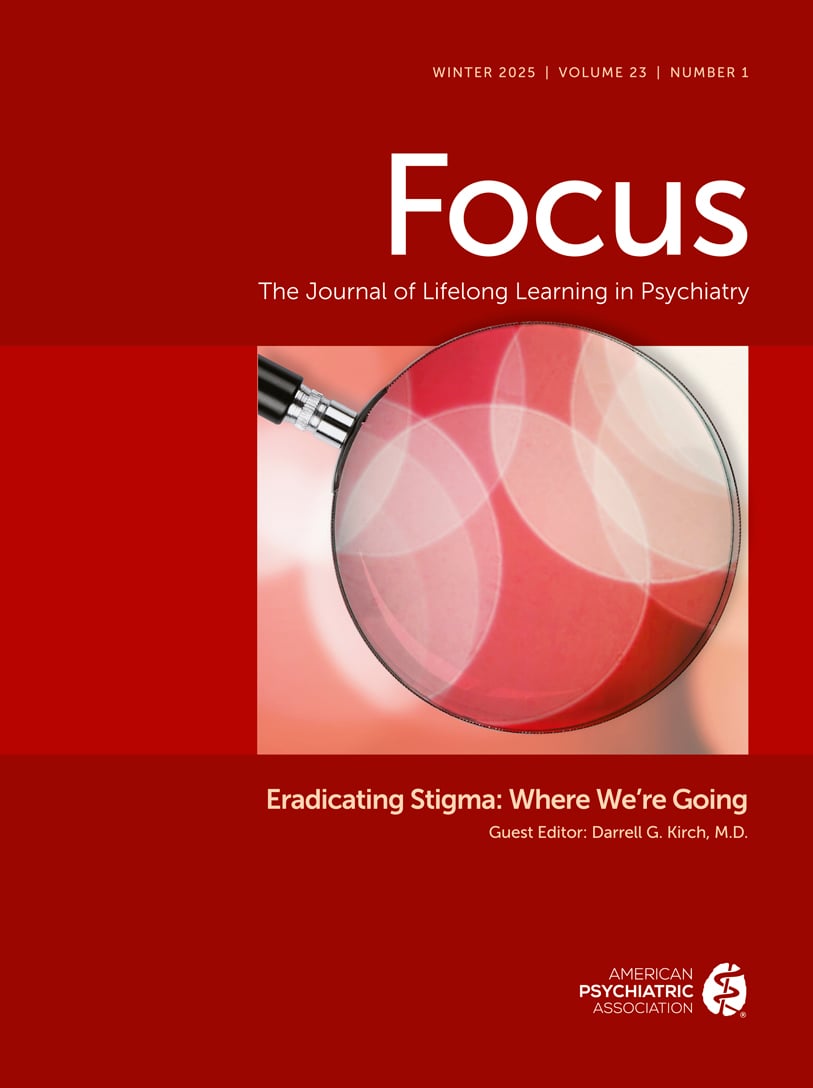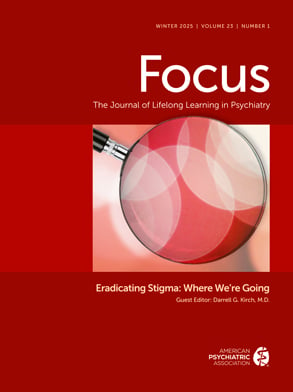Challenges and Opportunities in Examining and Addressing Intersectional Stigma and Health
Abstract
Background:
Discussion:
Conclusions:
Background
Existing Literature on Intersectional Stigma and Health
Manifestations of Intersectional Stigma
BOX 1. Intersectional stigma and mental health in 17 countries

Effects of Intersectional Stigma on Health Behaviors and Outcomes
Measurement and Analytical Approaches for Intersectional Stigma
Qualitative Approaches
BOX 2. Tackling transphobia among healthcare providers in India
Quantitative Approaches
Measurement and Instruments
BOX 3. Effects of HIV, race, and sexual orientation discrimination on depression in Alabama
BOX 4. HIV-related stigma, sexual and gender identity stigma, and depressive symptoms among lesbian, gay, bisexual, and transgender (LGBT) persons in Jamaica
Analytical Strategies
| Strategy | Description | Advantages | Limitations | Examples | Recommendations for use |
|---|---|---|---|---|---|
| Stratified analyses | The relationship between a measure of stigma and a health outcome is analyzed in separate samples disaggregated by an identity of interest (e.g., illness status, gender, race) | • Simple, easy to perform and interpret | • Cannot necessarily test for statistical significance [101] • Difficult to interpret and cumbersome to perform when multiple axes are considered • Cannot use for two continuous measures of health-related stigma | • Exploration of educational outcomes among individuals of Mexican origin only within a sample of women [102] | • Exploratory questions about how the relationship between stigma and health might vary in the presence of an additional identity-related factor that is discrete (e.g., HIV-status, gender) |
| Factorial design | Vignettes that describe individuals with different combinations of characteristics or identities are presented, typically randomly, to a general population sample. Individuals’ responses to a measure of stigma (e.g., social distance) across vignettes are compared [103] | • Allows for decomposition of stigma related to different identities or factors into unique and shared components [103] • Experimental design | • Can reflect additive assumptions about the nature of intersectional stigma [52] • Difficult to interpret and cumbersome to perform when multiple axes are considered • Difficult to include explanatory or process variables [52] | • Disentanglement of stigma associated with HIV from stigma associated with risk practices (e.g., injection drug use) [104] | • How the level of community discrimination or stigmatizing attitudes and beliefs may vary based on the presence or absence of a small number of additional behavioral or identity-related factors |
| Moderation analysis | The main effects of two (or more) stigma-related variables are modeled along with the product of those variables (e.g., race × gender × HIV status) | • Simple to do, and in the case of two-way interactions, to interpret • Flexible • Can assess positive or negative changes in magnitude and directionality of effects [63] | • When main effects explain much of the variance in the outcome, the ability to assess interactions between those terms is limited [20] • Three-way or higher-order interactions are difficult to depict and comprehend | • Examination of how social adversity, HIV status, and race interact to explain depression [105] • Assessment of how stigma related to HIV and substance use interact to explain depression [106] • Assessment of how weight discrimination interacts with race and socioeconomic status to shape mental health among women [107] | • When large sample sizes are available and variation is present within subgroups to test how the relationship between stigma and health might vary in the presence of an additional identity-related factor that is discrete (e.g., HIV-status, gender) |
| Latent class or latent profile analysis | Identifies subpopulations of individuals based on their endorsement of different stigma or discrimination experiences Predictors of membership in these populations (such as identity characteristics like race or health status) can be evaluated and latent class regression can be used to assess how these different patterns of experiences differentially predict health outcomes | • A person-centered, rather than variable-centered, approach to assessing intersectionality • Treats different patterns of stigma experiences as latent and allows these to be empirically determined | • Can require large sample sizes • More difficult to explain to lay audiences, including policymakers and funders in some cases | • Identification of patterns of bullying and discrimination experiences related to different identities and assessed to what extent these patterns differentially predicted mental health outcomes [73] | • When large sample sizes are available and the question of interest is how the nature of stigma may vary based on the presence of different combinations of stigmatized behaviors or identities |
| Multilevel models | In addition to fixed effects, random effects (intercepts and slopes) at the cluster level (e.g., neighborhood, city, country) are included in regression models Covariates can be included at both levels of analyses and cross-level interactions can be modeled | • Enables modeling of structural level influences on stigma and health • Can be used for analysis of intensive longitudinal data by accounting for correlation of observations within person over time | • More difficult to explain to lay audiences, including policymakers and funders in some cases • Requires data collection in multiple contexts and, in some cases, may require existing data at higher levels (e.g., state or country level data) | • Exploration of whether the relationship of gender, class, and race to self-rated health varied by neighborhood [63] • Assessment of how country-level and individual level factors interact to influence the mental health of male sexual minority European migrants [19] • Examination of how everyday experiences of discrimination impact internalized stigma among people living with HIV using a smartphone-based experience sampling method survey [64] | • When multiple time points are available or data is available from multiple clusters (the number necessary will vary, but 10–15 would be considered few clusters for an analysis [108]) and contextual influences on the relationship between stigma and health are of interest |
| Structural equation modeling | Allows for simultaneous estimation of measurement and structural components, including pathways between observed and latent variables | • Appropriately models measurement error associated with inclusion of latent variables • Flexible strategy: can simultaneously assess the impact of multiple exposures on multiple outcomes, include group-based or multilevel modeling, and assess moderated mediation or mediated moderation [109] • Can assess how exposures and outcomes predict each other over time | • Modeled relationships may be inappropriately interpreted as causal • Depending on the number of parameters included, may require larger sample sizes to be estimable • Not all models may be identifiable and sensitive to model misspecifications | • Simultaneous assessment of experiences of racial discrimination and HIV-related stigma on quality of life among African and Caribbean Black women in Canada [74] | • For estimating complex models including multiple stigma-related factors as predictors or multiple related health outcomes of interest, particularly when including psychosocial variables that are not directly observable (e.g., stress, coping) |
Moderation approaches.
Multilevel modeling.
Latent variable, latent class, and latent profile methods.
Structural equation modeling (SEM).
BOX 5. Structural equation modeling to assess the impact of racial discrimination and HIV-related stigma on the well-being of African and Caribbean Black women living with HIV [99]
Mixed Methods Approaches
Discussion and Future Directions
BOX 6. Recommendations and priorities for intersectional stigma and health
Measurement
Effects
Drivers and mechanisms:
Interventions
Policy and practice
Conclusions
Acknowledgments
Footnotes
References
Information & Authors
Information
Published In
History
Keywords
Authors
Author Contributions
Competing Interests
Funding Information
Metrics & Citations
Metrics
Citations
Export Citations
If you have the appropriate software installed, you can download article citation data to the citation manager of your choice. Simply select your manager software from the list below and click Download.
For more information or tips please see 'Downloading to a citation manager' in the Help menu.
View Options
View options
PDF/EPUB
View PDF/EPUBLogin options
Already a subscriber? Access your subscription through your login credentials or your institution for full access to this article.
Personal login Institutional Login Open Athens loginNot a subscriber?
PsychiatryOnline subscription options offer access to the DSM-5-TR® library, books, journals, CME, and patient resources. This all-in-one virtual library provides psychiatrists and mental health professionals with key resources for diagnosis, treatment, research, and professional development.
Need more help? PsychiatryOnline Customer Service may be reached by emailing [email protected] or by calling 800-368-5777 (in the U.S.) or 703-907-7322 (outside the U.S.).

